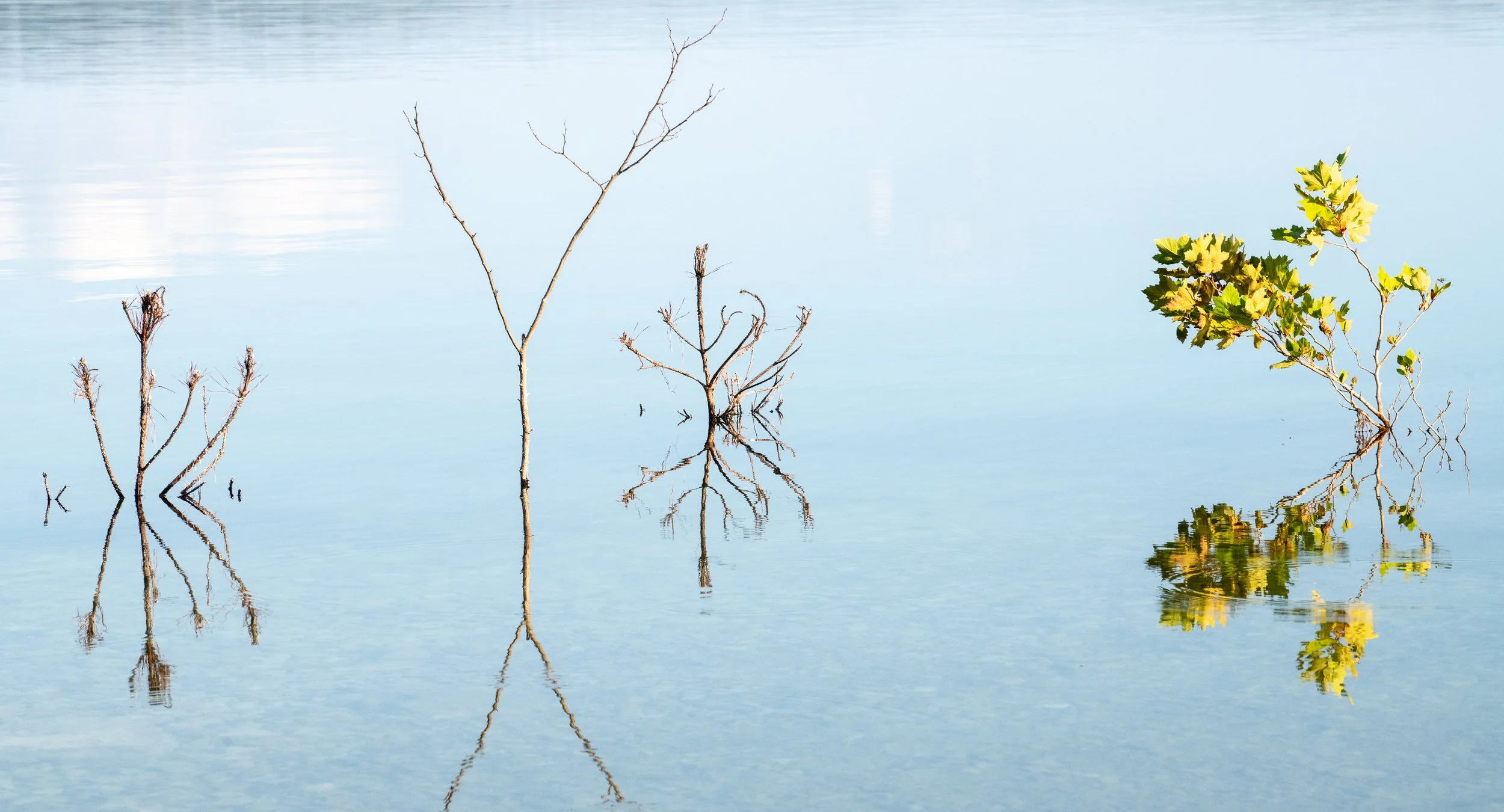
Photography for Amateurs
Taking advice from an amateur might not be a bad idea, because, possibly, he can point things out you cross paths with, too. I haven’t learned the craft of photography from shooting weddings or from having achieved a perfect standard of fine art, though I’m interested in the concept of photography as art, and I may discuss the issue in blog posts. I do it as a hobby, supplementing my income slightly by getting photos published. If you’re deeply compelled by the beauty of good outdoor photography, I hope you feel you’re in good company when reading my blog.
Mirrorless or DSLR
Most of us who value photography enough to read about it probably shoot RAW images with a mirrorless or DSLR camera. That’s not to simply downplay phones, especially when you can shoot RAW with them, but I admit my own preference for an interchangeable lens system. I won’t rule out word coming from me about mobile devices, but for the most part, I shoot with a couple of high-end DSLR’s. One of them is full-frame, the other a crop camera. You can expect to read stories gathered from the field. I’ve shot in the city, too, but for the most part, I’m an outdoor photographer. That’s mostly what you’ll hear about.
The Equipment
Many of us feel interested in what equipment produces end results, so I’ll let you know what I use. Sometimes I might discuss shutter speeds, f-stops, and ISO settings, as I primarily shoot in manual mode for exposure with autofocus on. I own a Nikon D850 full-frame camera and a Nikon D7100 crop camera. My lenses include an AF Nikkor 50mm f/1.8D prime lens; an AF-S Nikkor 70-200mm f/4G ED VR; a Sigma Art 24mm f/1.4 DG prime lens; a Tokina SD 11-16mm f/2.8 (IF) DX-II, which is built for crop cameras, though I find it very effective on full frame down to about 14mm, below which vignetting appears at the edges; a Nikon AF-S 1.4x teleconverter (extender); and for my crop camera, I use a Nikkor 18-55mm f/3.5-5.6 G “kit” lens, although on occasion I use the extender and the long zoom lens to get better range than I can with the full-frame camera. I generally shoot RAW, though when I fish, I have shot RAW + Basic (jpg), because I used to accept some of my fish shots without postprocessing. But since I’ve recently discovered it’s a cinch to delete images in one easy stroke from both Lightroom and the disc, I might be doing only RAW shots from fishing excursions for now on. It was a matter of work flow convenience compromising image quality. Nowadays, I’m also doing almost all my Lightroom work after fishing trips on my laptop, instead of my BenQ photography monitor, and if I include purely visual shots in my fishing blog posts, I make a mental note to go back over those shots when I do get around to using the BenQ.
